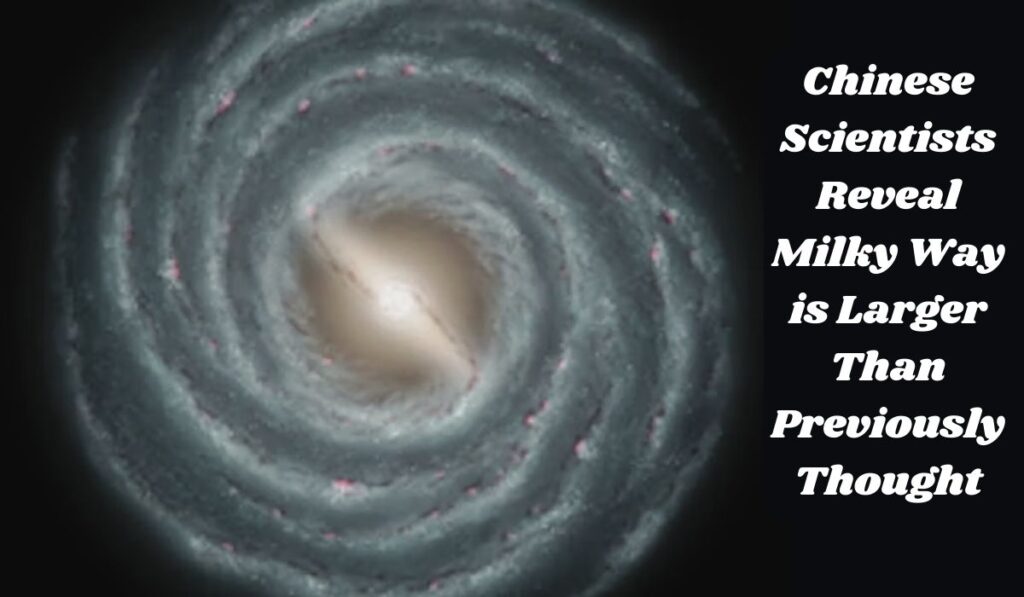Chinese Scientists Reveal Milky Way is Larger Than Previously Thought!

Groundbreaking Discovery
Larger Than Expected
A team of Chinese scientists has discovered that the Milky Way is significantly larger than previously estimated. This revelation came after an in-depth analysis of APOGEE near-infrared stellar spectroscopic data.
Revised Measurements
According to the new findings, the Milky Way’s half-light radius is approximately 19,000 light-years. This measurement is nearly twice the previous estimate and aligns with the size of local disk galaxies of similar mass. This suggests that the Milky Way is a typical disk galaxy in terms of its size.
Methodology and Analysis
Overcoming Previous Limitations
For a long time, astronomers have studied the Milky Way’s evolutionary history by observing numerous discernible stars. However, the sun’s position causes high line-of-sight extinction toward the densest regions of the galaxy, making it challenging to collect data from large star samples over wide spatial ranges. This process is also time-consuming and costly.
Advantages of Near-Infrared Observations
Lian Jianhui, the lead author of the study published in Nature Astronomy and an associate professor at the Southwestern Institute for Astronomy Research, Yunnan University, explained the advantage of using near-infrared observations. “Due to the rapid decrease in the effect of dust extinction on longer wavelength photons, observations in the near-infrared band can greatly alleviate this issue,” said Lian.

Chinese Scientists Reveal Milky Way is Larger Than Previously Thought!
Detailed Findings
Stellar Density Distribution
The researchers reconstructed the complete surface density distribution of stars of different ages in the Milky Way, spanning from the bulge to the outer disk, for the first time.
Disk Structure Analysis
The study revealed that the Milky Way’s disk structure adheres to a classical exponential distribution in the outer disk region. However, the inner disk region’s stellar density remains nearly flat, deviating significantly from the exponential distribution observed in the outer disk.
Implications of the Study
Revising Previous Assumptions
Previously, based on the assumption of an exponential disk, it was believed that the Milky Way’s half-light radius was about 10,000 light-years, categorizing it as a compact galaxy compared to galaxies of similar mass. This latest research has overturned that assumption.
New Understanding
Lian stated, “The latest research has overturned this assumption, opening up new dimensions for measuring the overall physical properties of the Milky Way.” This discovery not only changes the perceived size of our galaxy but also provides new insights into its structure and evolution.
Conclusion
A New Perspective
This groundbreaking study by Chinese scientists has provided a new perspective on the Milky Way, revealing it to be much larger than previously thought. By utilizing near-infrared observations, researchers have been able to bypass previous limitations and offer a more accurate measurement of our galaxy’s size and structure. This discovery marks a significant advancement in our understanding of the Milky Way and its place among other galaxies in the universe.



One thought on “Chinese Scientists Reveal Milky Way is Larger Than Previously Thought!”